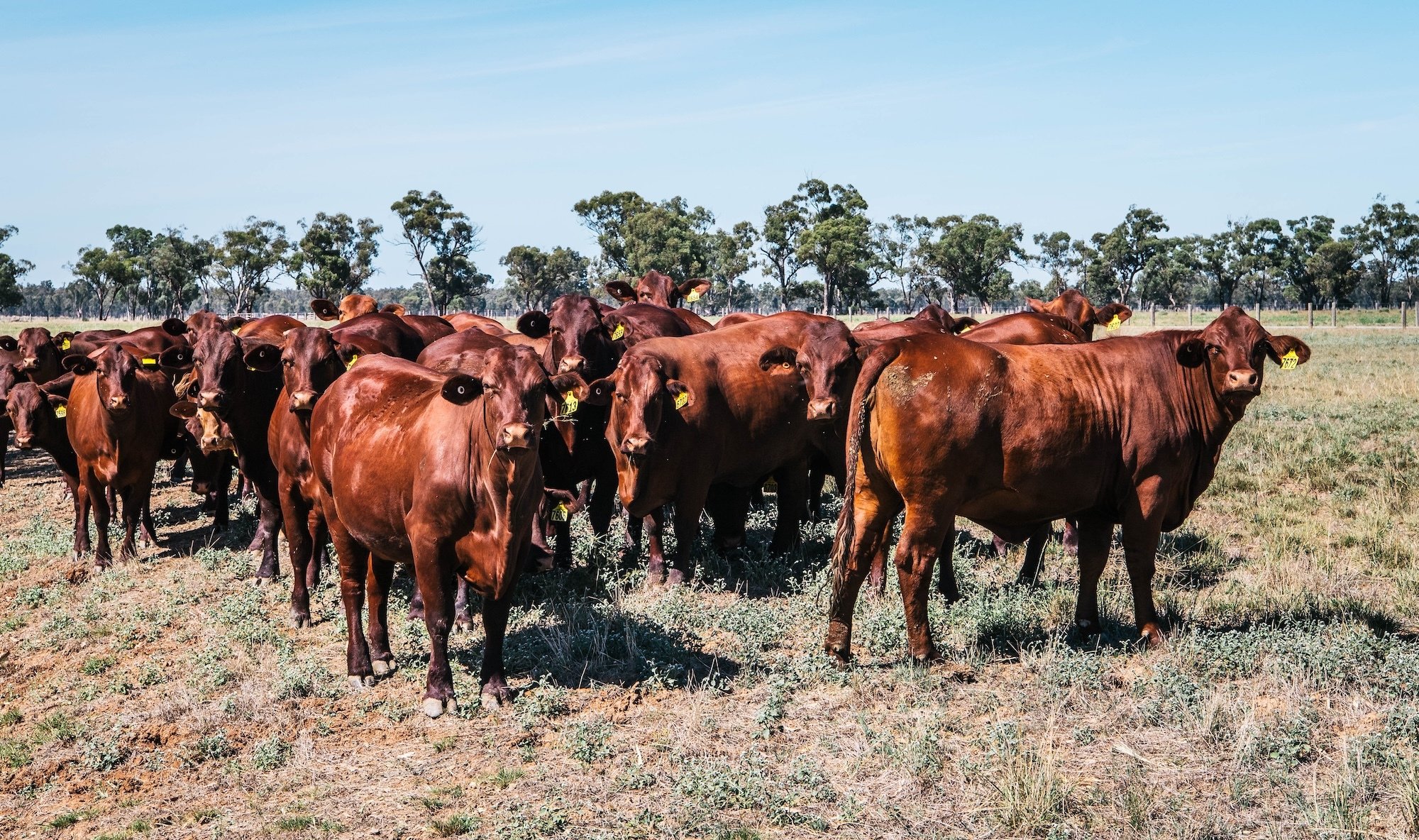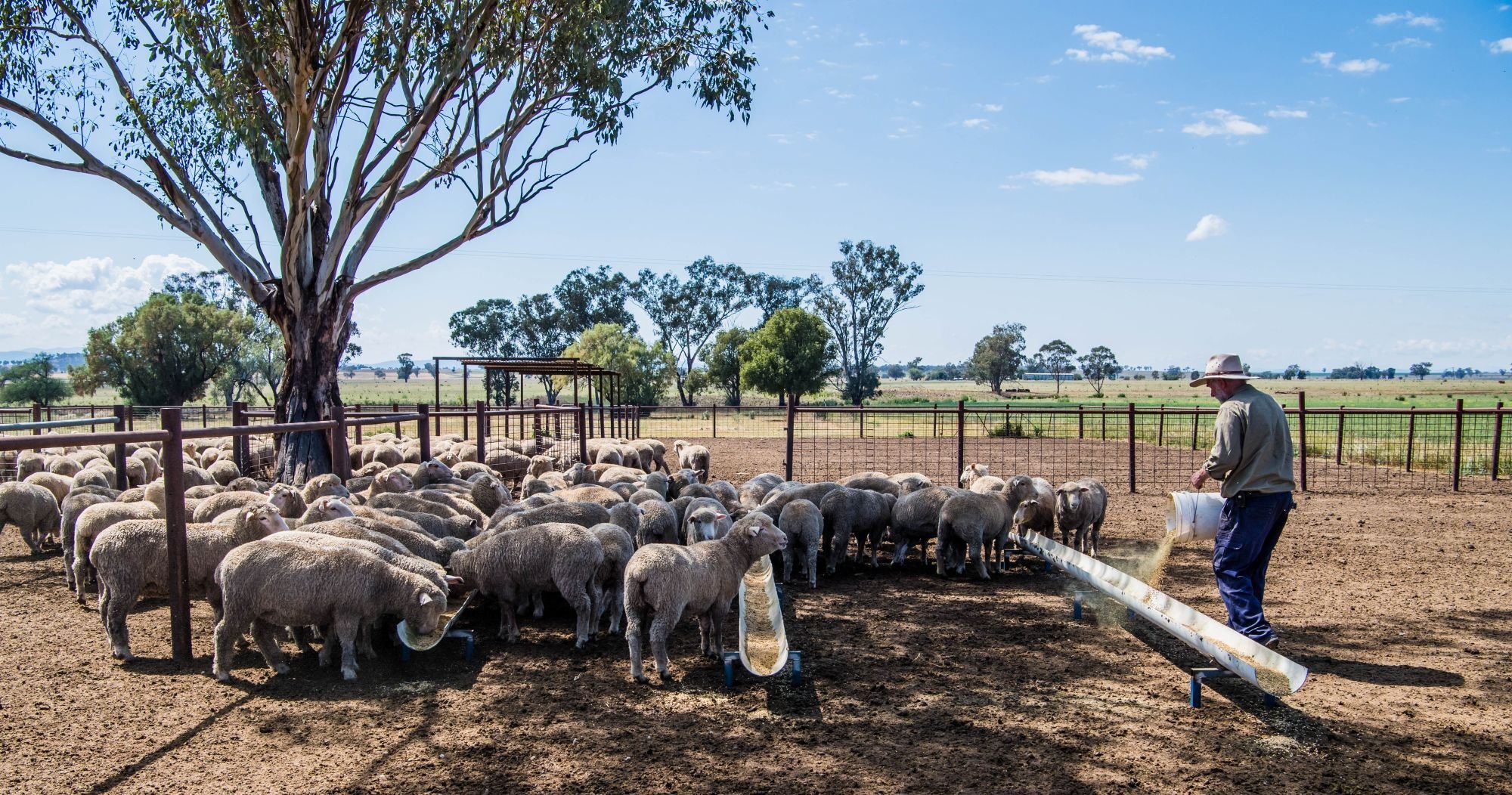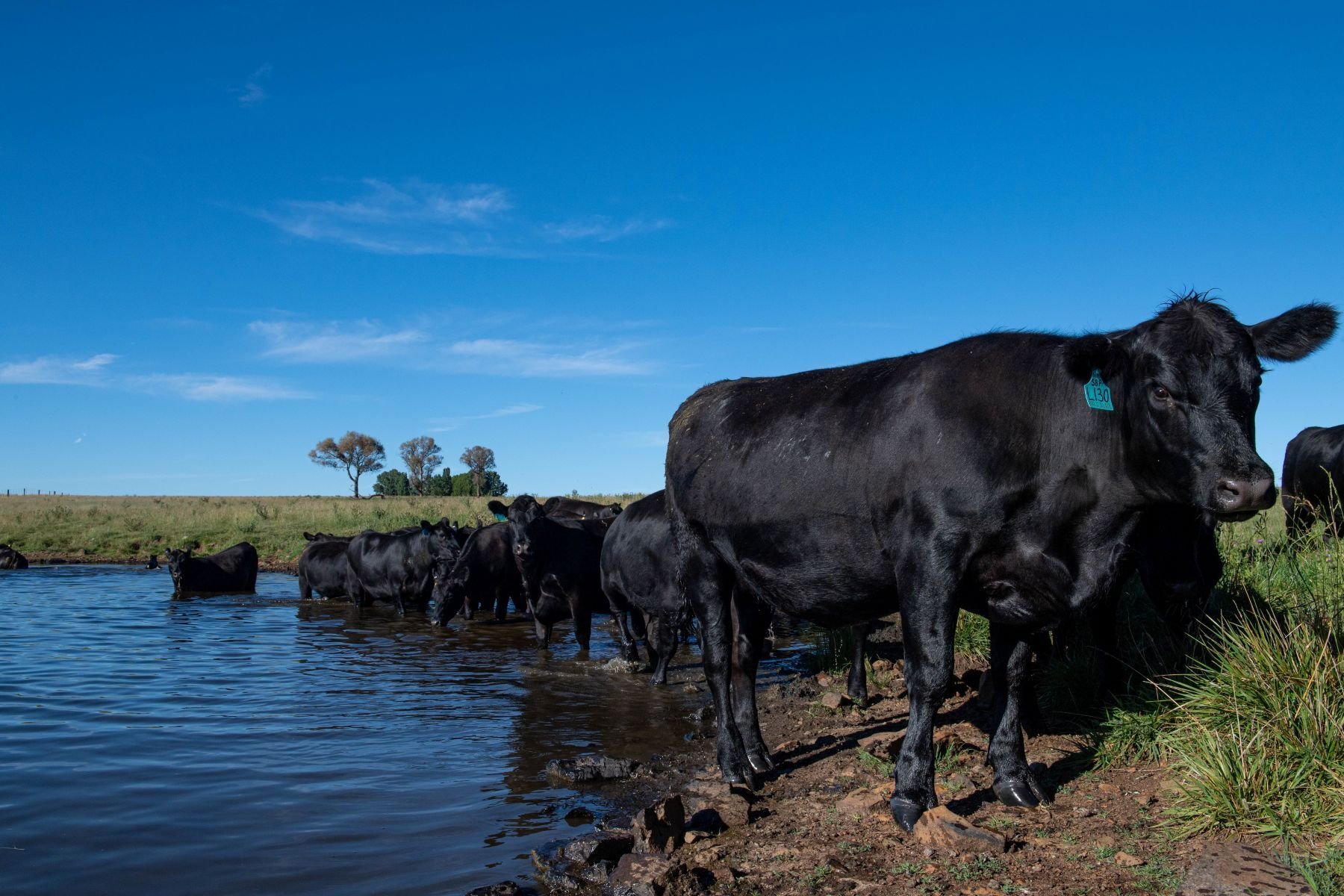Dry year tests SA, but South East anchors supply over FY2025
Our State of the Market Report tracks market trends across every state during...

Our State of the Market Report tracks market trends across every state during...

The resilience and market appeal of Australian cattle breeds — with Santa...

As the first batch of new season young lambs trickle through NSW saleyards,...

Our State of the Market Report tracks market trends across every state during...

Stud rams are well and truly into five-figure territory this spring, as...

Taking a look at Meat & Livestock Australia reported historic lamb and sheep...

Meat & Livestock Australia (MLA) has released the September update of the...
Connecting with communities across regional and rural Australia